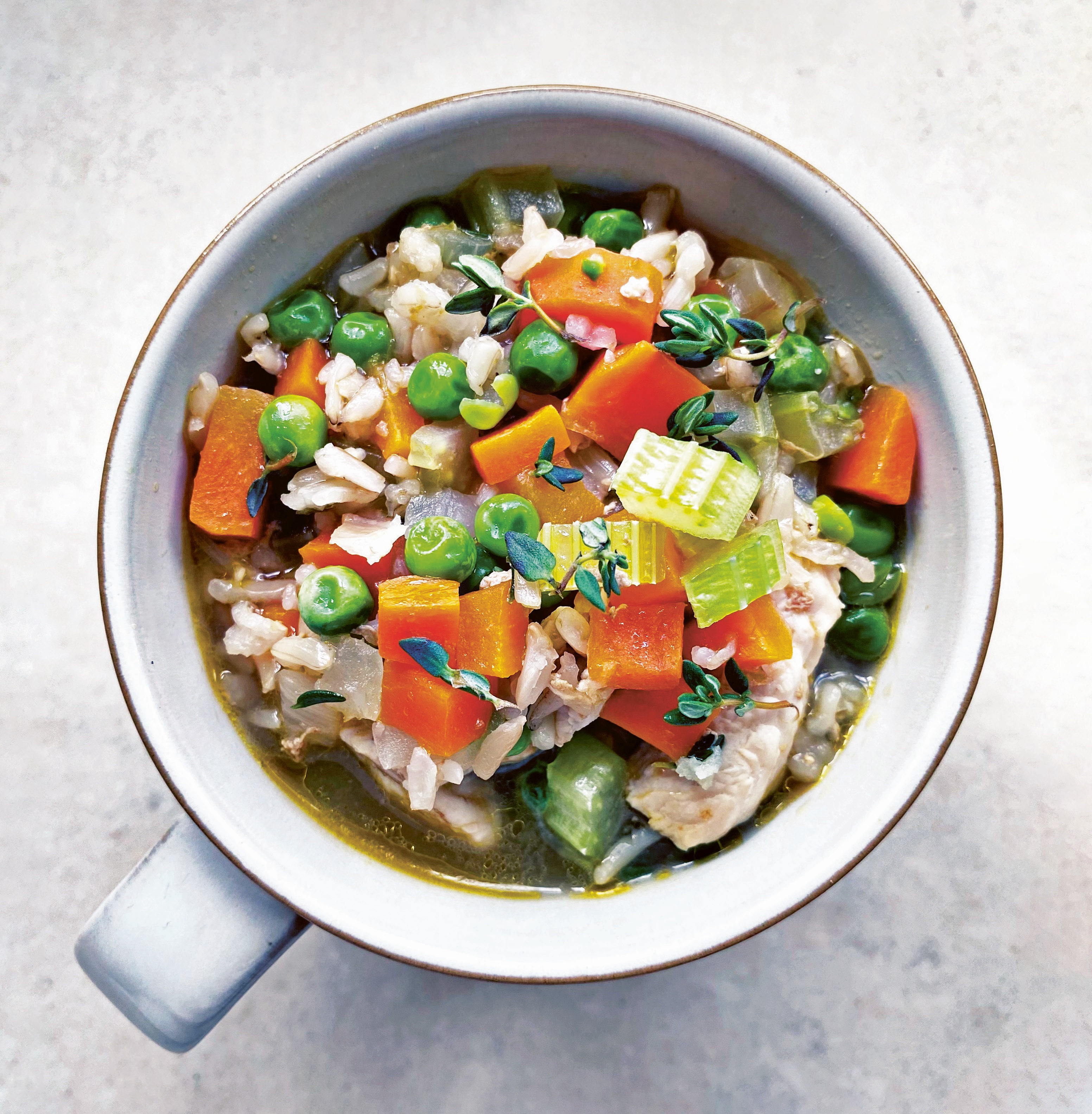For many people, the path into yoga starts with exercise. There might be a desire to lose weight, get toned or improve fitness in some way. As these results start to be felt, the student might explore deeper aspects of the practice; realising that yoga can be a whole healthy lifestyle, and not just a class. The lessons that yoga can teach us about diet are based on thousands of years of wisdom. It’s an immense subject – here’s a taster.
Choose foods that balance. The food we eat, as with everything else in the universe, is governed by three elemental forces or ‘gunas’ – a kind of energetic personality that dictates that food’s effect on your body, mind and spirit. We all know that some meals leave us feeling sluggish and heavy, others light and clear while some buzz us up. The three ‘gunas’ are sattva (love, light, balance, harmony); raja (passion, action, heat, force) and tamas (inertia, heaviness, darkness). Sattvic is where you want to be: its food is fresh, pure and unprocessed (organic vegetables, vibrant berries, whole grains and fresh picked fruits). Strong onions and chillies are rajasic examples; they can have heating and stimulating effects which can incite strong emotions (grieving widows in India have been discouraged from eating hot food). Processed, reheated, ‘dead’ foods are tamasic in quality, leaving you heavy and lethargic. As awareness of your body increases through the practice of yoga, allow it to guide your choice of food. You may find that you naturally gravitate to more of those whole, fresh sattvic foods, choosing to use fiery rajasic and heavy tamasic foods only occasionally to either perk you up or slow you down.
Connection to nature. At its heart, yoga is about connection. The word itself is derived from the verb to ‘yolk’ together. There are very many layers to this, but the one that can guide us most helpfully around food is being connected to nature. This might mean growing some of your own food at home – even if it’s a pot of herbs on the windowsill – and eating in synch with the seasons. Choose foods that are in season, go to farmers markets and buy locally. Take time in summer to eat outside, making the most of picnics and al fresco dining.
Mindful eating. Developing a mindful attitude to eating is a wonderful way of practising yoga – even at mealtimes. To do this, eliminate distractions when eating (turn the telly off), eat slowly and concentrate on every mouthful. Consider each ingredient and contemplate its journey from its origins to your lips. Stop eating when you’re full and sit quietly at the end of each meal.
Our Tales from the Mat come from the wonderful Joy Le Fevre, yoga teacher and founder of yogidup.com.









